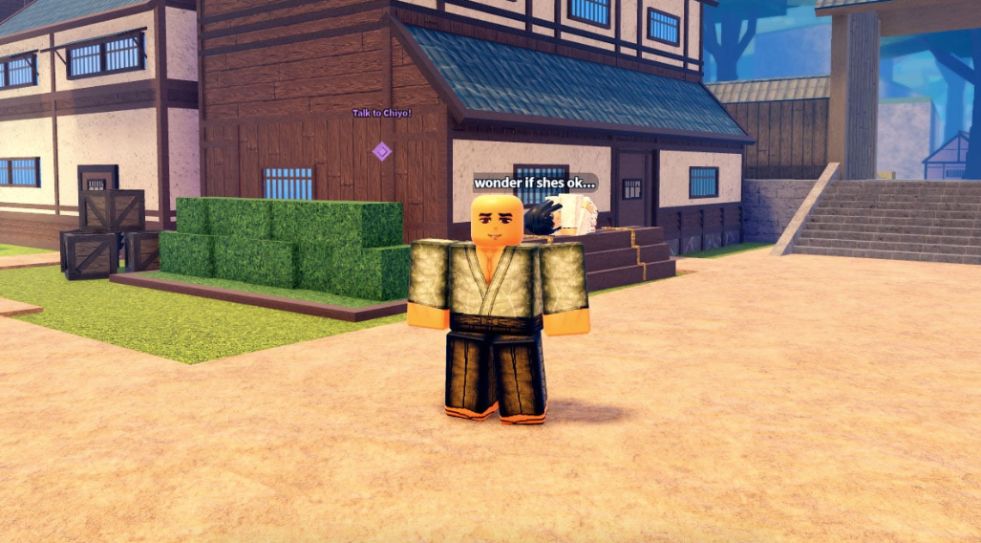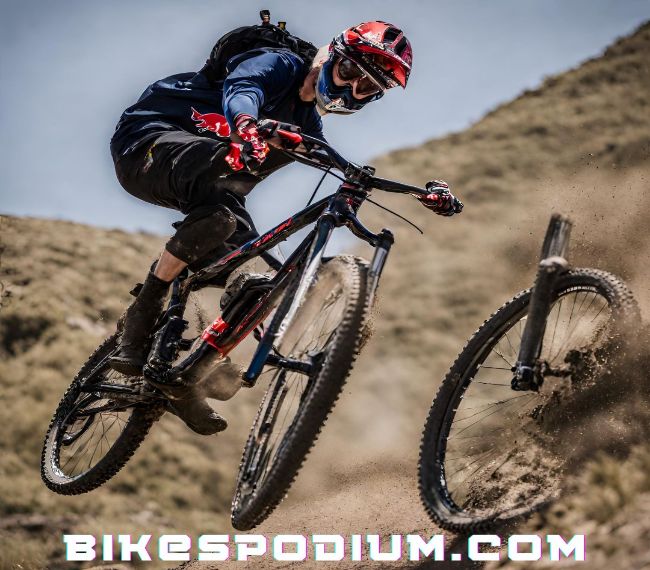The top tube is a crucial component of a mountain bike, as it serves as the main frame member connecting the seat tube and the head tube. Accurately measuring the top tube is essential when buying a new mountain bike or fitting one to your body proportions. In this article, we will guide you through the steps to measure a mountain bike top tube accurately. Let’s dive in!
Why Measure the Top Tube?
Before we proceed, let’s understand why measuring the top tube is important. The top tube length affects your riding position, comfort, and handling on the bike. A top tube that is too long can stretch your body, leading to discomfort and potential back pain. On the other hand, a top tube that is too short can make the bike feel cramped and hinder your control.
Tools Required
To measure the top tube of a mountain bike, you will need a few tools:
- Measuring tape or ruler: These tools are essential for accurately measuring the length of the top tube.
- Level or spirit level: A level will help ensure that the bike is perfectly upright during the measurement process.
- Helper or stand to hold the bike steady: Having someone hold the bike steady or using a bike stand will prevent any wobbling or movement that could affect the accuracy of your measurements.
- Pen or marker: You’ll need a pen or marker to mark the points you measure on the bike frame.
- Paper or notepad to record measurements: Keeping track of your measurements on paper will help you compare them with the manufacturer’s specifications later on.
Once you have these tools ready, you can proceed to measure the top tube accurately.
Step-by-Step Guide
Follow these steps to measure the top tube of your mountain bike:
- Position the Bike: Start by placing your mountain bike on a level surface. If possible, use a bike stand or have someone hold it steady for you. This ensures accuracy during the measurement process.
- Locate the Center of the Head Tube: Find the center of the head tube, which is the front part of the bike frame where the fork is attached. You can use a level or spirit level to ensure the bike is perfectly upright.
- Measure to the Center of the Seat Tube: Using a measuring tape or ruler, measure from the center of the head tube to the center of the seat tube. The seat tube is the vertical tube that connects the frame to the saddle. Record this measurement.
- Measure the Top Tube Length: Now, measure horizontally from the center of the head tube to the point where the top tube intersects with the seat tube. This measurement represents the top tube length. Again, record this measurement.
- Check with Manufacturer Specifications: To ensure accuracy and to compare your measurements, check the manufacturer’s specifications for the bike model. The manufacturer’s specifications will provide the standard top tube length for the given frame size.
Interpreting the Measurements
Understanding the measurements you have taken is crucial for choosing the right mountain bike or making adjustments to your existing bike. Here’s how to interpret the measurements:
- If your measured top tube length matches the manufacturer’s specifications for your desired bike size, you are good to go. This means that the bike is likely to provide a comfortable and balanced riding position.
- If the measured top tube length is shorter than the manufacturer’s specifications, you may prefer a smaller frame size for a more compact and agile ride. A smaller frame size can provide a more responsive and maneuverable feel.
- Conversely, if the measured top tube length is longer than the manufacturer’s specifications, a larger frame size might be more suitable for a stretched-out riding position. A larger frame size can offer better stability and a more aerodynamic riding posture.
Additional Considerations
While the top tube length is essential, it’s not the only factor to consider when choosing a mountain bike or adjusting your bike fit. Here are some additional considerations:
- Riding Style: Your riding style and preferences also play a role. Some riders prefer a more upright position with a shorter top tube, as it provides better visibility and a more relaxed riding posture. Others prefer a stretched-out, aggressive position with a longer top tube, which can enhance aerodynamics and power transfer.
- Stem Length: The length of the stem, which attaches the handlebars to the steerer tube, can also affect your riding position. A shorter stem reduces the reach, bringing the handlebars closer to you. Conversely, a longer stem increases the reach, extending your reach and potentially providing a more aggressive riding position.
- Saddle Position: The position of your saddle can also impact your riding position. Adjusting the saddle height, fore-aft position, and tilt can fine-tune your overall comfort and efficiency on the bike. Experiment with different saddle positions to find the one that suits you best.
Conclusion
Measuring the top tube of a mountain bike accurately is crucial for finding the right bike size or adjusting your bike fit to achieve optimal comfort and performance. By following the steps outlined in this article and considering additional factors, such as riding style and saddle position, you can ensure an enjoyable and comfortable riding experience.
FAQ
Q: Why is measuring the top tube of a mountain bike important?
A: Measuring the top tube is important because it affects your riding position, comfort, and handling on the bike.
Q: What tools do I need to measure the top tube of a mountain bike?
A: You will need a measuring tape or ruler, a level or spirit level, a helper or bike stand, a pen or marker, and paper or a notepad to record measurements.
Q: How do I measure the top tube of a mountain bike?
A: Start by positioning the bike on a level surface. Then, locate the center of the head tube and measure to the center of the seat tube. Finally, measure horizontally from the center of the head tube to the point where the top tube intersects with the seat tube.
Q: How do I interpret the measurements of the top tube?
A: If your measured top tube length matches the manufacturer’s specifications for your desired bike size, it is likely to provide a comfortable and balanced riding position. If the measured length is shorter, you may prefer a smaller frame size for a more compact and agile ride. If the measured length is longer, a larger frame size might be more suitable for a stretched-out riding position.



